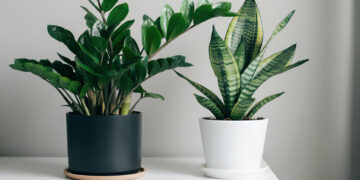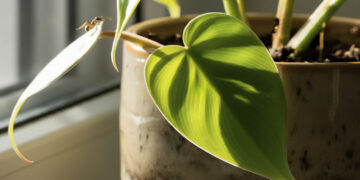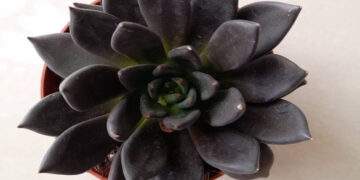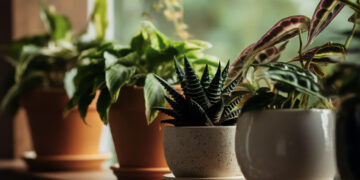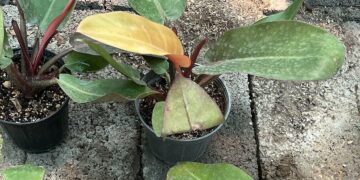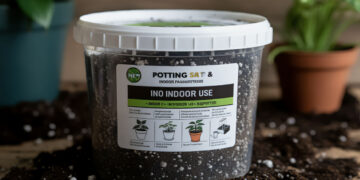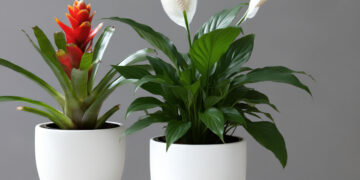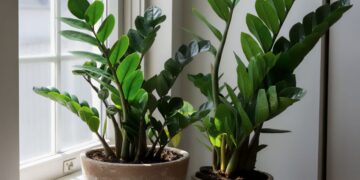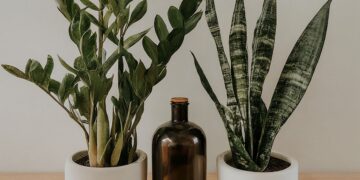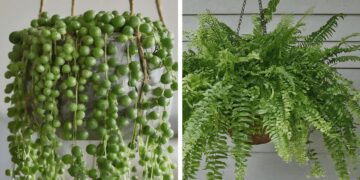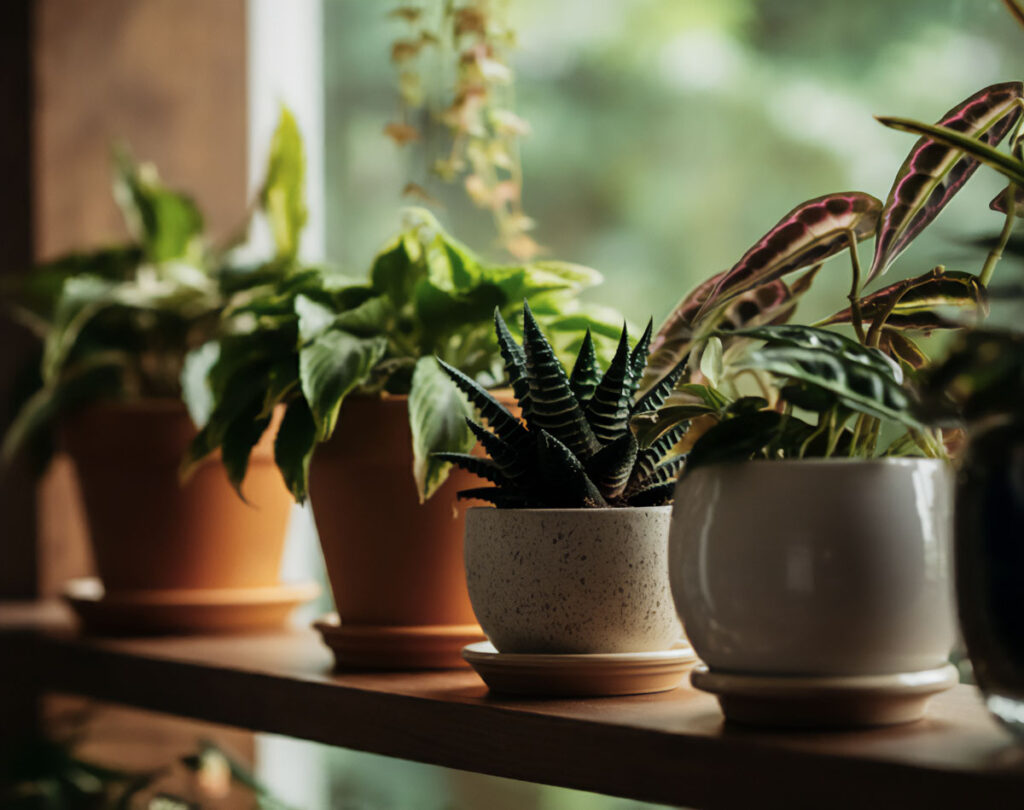
Houseplants improve indoor environments like homes, offices, and educational spaces and have many benefits for our mental and physical health. However, like anything else, when we want to have an honest and realistic view, there are also some negative points.
Benefits of Houseplants
1. Air Purification and Oxygen Production
Some houseplants have the ability to clean the air and can absorb harmful chemicals such as carbon monoxide, formaldehyde, and benzene, which are commonly found in household products. Air-purifying indoor plants like English ivy and ZZ plants do this well, but their effect is usually small unless you have a lot of indoor plants.
Some Houseplants also release oxygen during photosynthesis, which makes our air fresher. Some houseplants, like snake plants and orchids, even release oxygen at night, making them suitable for bedrooms.
2. Aesthetic and Practical Benefits
In addition to health benefits, houseplants also make indoor spaces more beautiful. They bring color, texture, and a natural feel to your space, softening and making the furniture look friendlier. Indoor plants can also have practical uses, like reducing glare from windows or providing a bit of privacy.
3. Adding Humidity to the Air
Houseplants release moisture through a process called transpiration, which can slightly increase the humidity inside the house. This can help with dry skin and respiratory problems, especially in colder seasons when indoor air tends to be drier. The moisture they add isn’t much, but as I mentioned, having several plants together can enhance this effect and create a more comfortable environment.
4. Improving Focus and Productivity
houseplants can liven up spaces, which in turn can help improve focus and productivity. Numerous scientific studies have shown that in work environments, employees who work near plants often feel more satisfied with their jobs. Students who study near plants also have better focus and perform better on exams. Adding plants to work or study environments can create a more productive atmosphere for you.

5. Helping with Recovery
Other studies have shown that plants in hospital rooms are associated with faster patient recovery. Patients surrounded by greenery tend to feel less pain, need fewer painkillers, and experience less stress, all of which contribute to faster healing. The calming presence of plants can also lower heart rates and blood pressure, aiding in physical recovery.
6. Impact on Mental Health
Having houseplants around you can reduce stress and anxiety, bringing a sense of calm. Caring for houseplants is a soothing activity that helps you feel better. Some research suggests that bacteria in the soil may increase serotonin (the happiness hormone), improving your mood, although this has not been fully studied yet.
7. Reducing Noise
Some houseplants can help reduce noise levels, although their effect is limited compared to actual soundproofing. Houseplants with big leaves, like Swiss cheese plants and elephant ears, can soften indoor sounds and make the environment more peaceful. The difference isn’t significant, but placing plants near windows or walls can help create a quieter, more comfortable space.
8. Educational and Therapeutic Value
Houseplants can be excellent educational tools, especially for children, helping them learn responsibility and develop a stronger connection with nature. In therapeutic settings, working with plants has been shown to reduce symptoms of PTSD (post-traumatic stress disorder), depression, and anxiety by giving individuals a sense of accomplishment and purpose. For the elderly, caring for plants can reduce feelings of loneliness, improve cognitive function, and encourage gentle physical activity.
Risks of Houseplants
– Houseplants can trigger allergic reactions in people prone to allergies due to the production of pollen or having moist soil, leading to symptoms like sneezing and respiratory issues. However, these individuals can still use houseplants that don’t produce much pollen or moisture, such as pothos and spider plants.
– Some indoor plants are more toxic and can be harmful to pets and children. If ingested, they can cause problems like vomiting and diarrhea. This combination of allergies and toxicity can pose challenges for families with pets or young children. Choosing non-toxic houseplants can be a better option for these families.
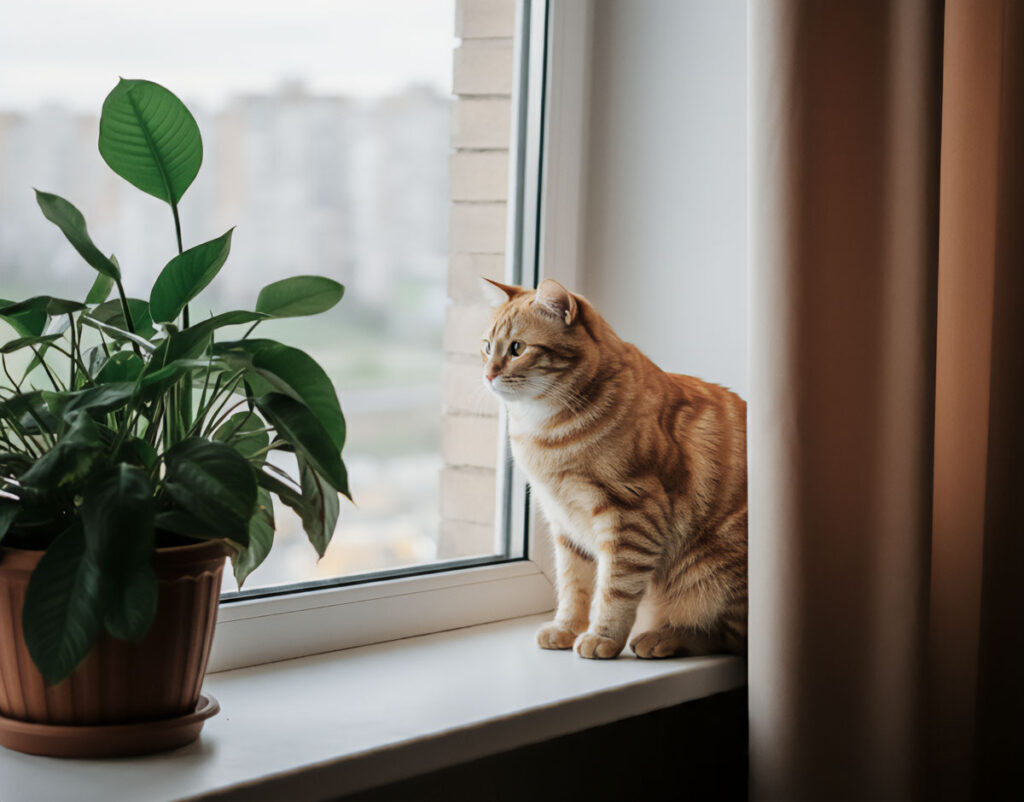
If you have any questions about the pros and cons of having houseplants, please feel free to ask in the comments section. I’d be happy to help.
sources:
https://extension.sdstate.edu/four-benefits-houseplants
https://wexnermedical.osu.edu/houseplants-mental-health
https://www.landscapeperformance.org/hospital-room-views-improve-surgery-recovery

